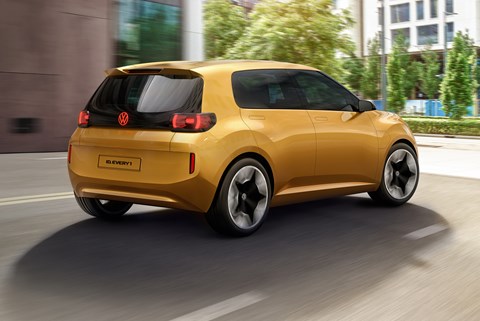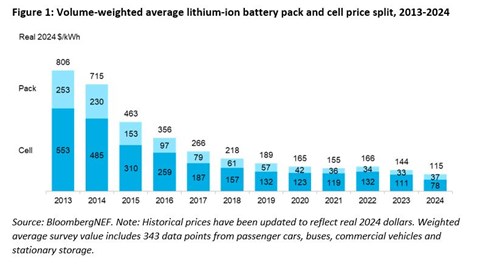► The new breed of cheap electric car
► Electric car prices are finally falling
► Will these EVs drive faster adoption?
Seismic changes are being wrought before our eyes, wherever we look in 2025. From geopolitics to the foundations of the electric car industry – this is the year when the rulebook is being torn up, in more ways than one. And with the launch of the Volkswagen ID.Every1, we can now see a new chapter of cheap electric cars is being written before our eyes.
It joins talented tots such as the Renault 5 E-Tech and Fiat Grande Panda in a ground movement that finally brings the cost of electric cars to a broader section of the market. If you despaired that EVs were too pricey to be viable, take heart.
Price has long been a restriction on the adoption of electric cars across Europe and, logically, bringing the price down is surely one of the best catalysts to effect a change in consumer behaviour. Volkswagen confidently predicts the production iteration of the ID.Every1 – aka the ID.1 – will cost from just £17,000, when it finally arrives in 2027…

Why are electric cars becoming cheaper?
Simply put, the economies of scale are beginning to play out. The industry started its electrification drive late last decade with pricier, lower-volume SUVs – their more bloated stance and RRP making it easier to swallow the EV innards and cost associated with developing all-new electric powertrains. But those loftier prices have pushed the average list price of an EV in the UK to around £46,000 – hardly cars for Everyman and Everywoman.
‘As electrification progresses and the work on the battery cells, the chemistry and the formats have progressed… you get a real trajectory for the battery cost that enables small car electrification,’ Volkswagen chief Thomas Schäfer told CAR magazine. ‘You need scale for it, in order to get it done. To get a business case going, you need numbers and the technology that you can scale.’

BloombergNEF, which tracks the cost of lithium-ion battery pack tech, reported that energy storage prices dropped to their lowest rate ever last year, with a further $3/kWh fall predicted in 2025 (see chart above). It all points to lower costs for manufacturers and customers, as EVs close in on parity with their combustion siblings.
It’s why the larger manufacturing groups are able to democratise smaller, cheaper EVs first. The Volkswagen group can amortise those development costs across myriad small VWs (ID.1, ID.2), Cupras (Raval) and Skodas – and we wouldn’t be surprised if Wolfsburg’s relationship with the Blue Oval meant that small Fords don’t adopt the low(er)-cost MEB platform in due course. Electric Ford Fiesta or Ka, anyone?
Mind you, VW is lagging behind today’s leading purveyors of cheap EVs, including brands like BYD, Citroen, Dacia, Fiat, Hyundai, Renault and Vauxhall who all have cheaper electric cars, here and now. They too have group parentage bringing access to shared platforms, batteries and EV know-how that can be scaled across brands to drive prices down.
It’s one of the most welcome trends we’ve seen in 2025 – and now the genie is out of the bottle, we hope that the best electric cars will continue to fall in price.

If you like the sound of cheaper electric cars, don’t miss the new April 2025 issue of CAR magazine, where we pit three of the hottest new EVs against each other: the Renault 5 vs Fiat Grande Panda vs Mini Cooper E. And if you like what you see, check out our new subscription offer of six issues for just £19.99.